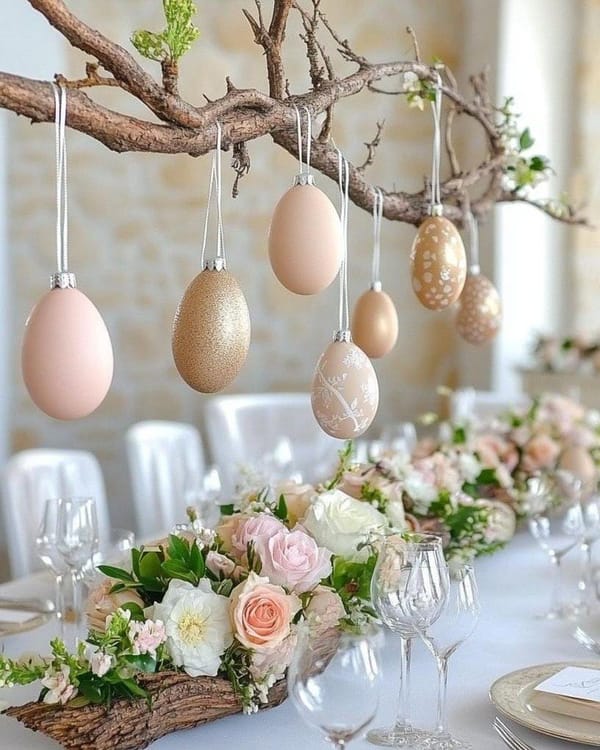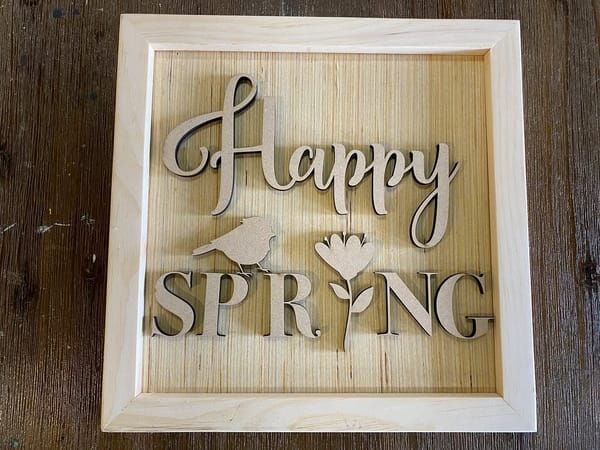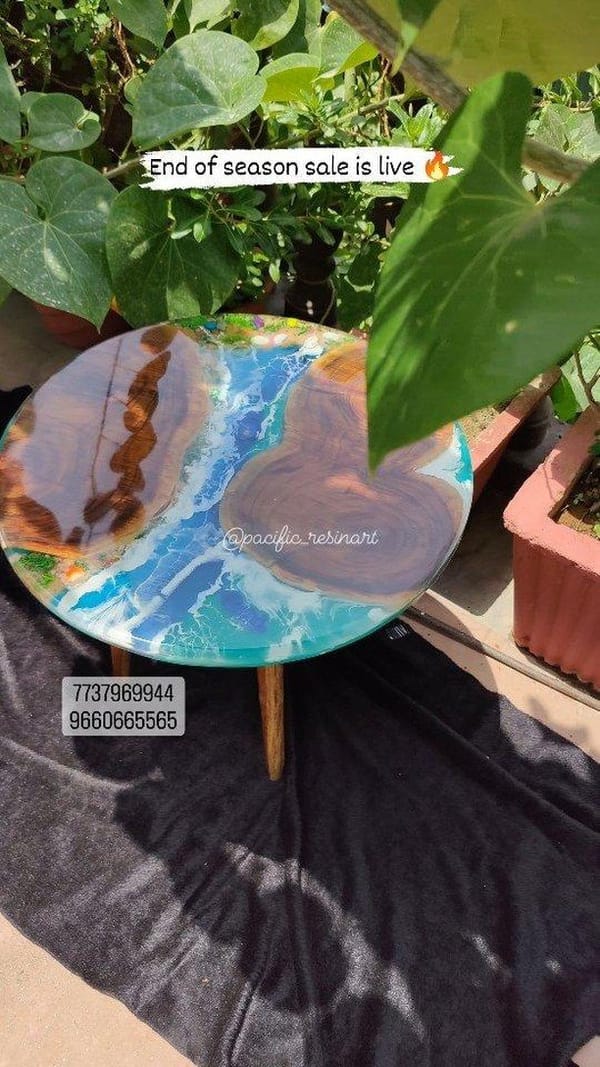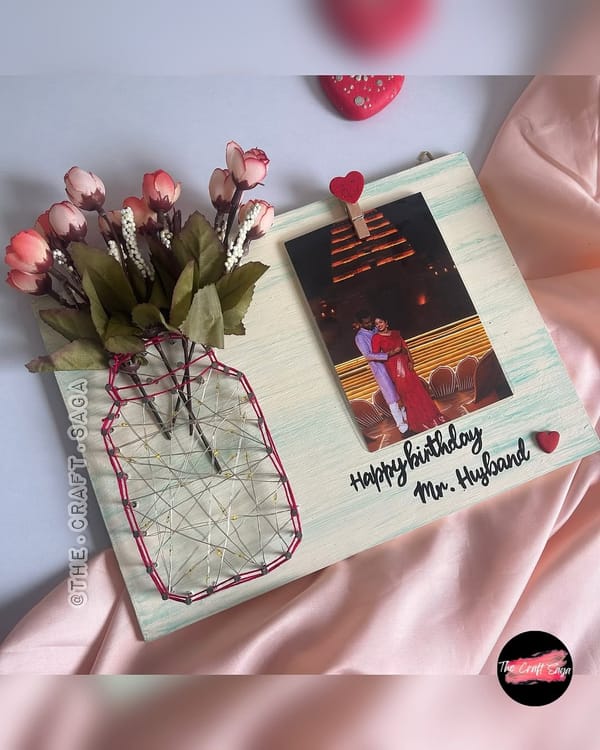How to Improve Soil Drainage in Your Garden: A Complete Guide

Introduction
If your garden turns into a swamp after it rains or your plants are always sitting in soggy soil, then poor drainage is likely the culprit. Proper soil drainage is essential for healthy plants, as it ensures that water doesn't drown your roots or cause diseases like root rot. Luckily, improving soil drainage is something you can fix — and you don't need a professional to do it.
In this guide, we’ll walk you through why drainage matters, how to identify the problem, and 10+ practical ways to improve it — no matter your soil type.
Why Good Drainage Is Important
Let’s start with why soil drainage matters in the first place:
- Prevents Root Rot: Plants need oxygen. If soil stays waterlogged, roots can’t breathe, and they start to rot.
- Promotes Healthy Growth: Well-drained soil allows roots to spread and absorb nutrients more efficiently.
- Reduces Pests and Fungi: Many pests, molds, and fungi thrive in wet, stagnant conditions.
- Protects Plant Health: Waterlogged soil stresses plants, making them more vulnerable to diseases.
Whether you’re growing vegetables, flowers, shrubs, or trees — healthy drainage means healthy plants.
Signs Your Garden Has Poor Drainage
Not sure if drainage is your problem? Here are some common warning signs:
- Puddles remain for hours or days after rain
- Soil feels soggy or sticky to the touch
- Yellowing leaves or stunted growth on plants
- Foul smell from soil (sign of anaerobic bacteria)
- Moss growing where it shouldn’t
- Mushrooms popping up often
- Water runs off the surface without soaking in
If any of these sound familiar, your garden’s drainage needs a boost.
Step 1: Test Your Soil Drainage
Before you fix the problem, test it!
The Simple Drainage Test:
- Dig a hole about 12 inches deep and 12 inches wide.
- Fill it with water.
- Let it drain completely.
- Refill it again and time how long it takes to drain.
- If water drains in under 4 hours, your soil drains well.
- If it takes 4–12 hours, it's workable but could be improved.
- Over 12 hours? That’s poor drainage.
Now that you know what you're working with, let’s look at how to fix it.
10 Effective Ways to Improve Soil Drainage
1. Add Organic Matter
One of the easiest and most effective ways to improve drainage is by adding organic materials like:
- Compost
- Well-rotted manure
- Leaf mold
- Shredded bark
These materials improve soil structure by breaking up heavy clay and increasing the soil's ability to absorb and release water.
✅ Best for: All soil types, especially clay and compacted soils.
2. Use Raised Beds
If your native soil is just too stubborn, don’t fight it — build above it. Raised beds allow you to:
- Control the soil mix
- Improve drainage naturally
- Avoid compacted soil layers
Fill your raised beds with a mix of compost, topsoil, and coarse sand or perlite for optimal drainage.
✅ Best for: Vegetable gardens, flowers, and herbs.
3. Aerate the Soil
Compacted soil doesn’t drain well because there’s no room for water to move. You can loosen it up by:
- Using a garden fork to poke holes and lift the soil slightly
- Renting or buying a manual or mechanical aerator for large areas
This helps water move deeper into the soil, improving root access and preventing runoff.
✅ Best for: Lawns, garden beds, and clay soils.
4. Mix in Coarse Sand or Perlite
Clay soil holds water like a sponge. To improve drainage, mix in:
- Coarse builder’s sand (not play sand!)
- Perlite (a volcanic rock that looks like white Styrofoam bits)
These materials help break up dense particles and create air pockets.
⚠️ Don't overdo the sand — it can turn clay into concrete. Always mix it with organic matter.
✅ Best for: Potting mixes, compact garden soil.
5. Install French Drains or Drainage Pipes
If your entire yard stays soggy, you might need a more serious fix like a French drain.
A French drain is a trench filled with gravel and a perforated pipe that redirects water away from soggy areas.
You can also install PVC drainage pipes below garden beds to carry water off your property or into rain gardens.
✅ Best for: Waterlogged lawns, heavy rainfall zones.
6. Use Cover Crops and Deep-Rooted Plants
Planting deep-rooted crops like:
- Daikon radish
- Alfalfa
- Ryegrass
...can help naturally aerate and loosen soil over time. These roots break through compacted layers and improve long-term drainage.
✅ Best for: No-till gardens and eco-friendly gardeners.
7. Create Swales or Rain Gardens
If water collects in specific low spots, don’t fight nature — work with it.
- Swales are shallow ditches designed to slow and redirect water.
- Rain gardens are planted areas designed to absorb runoff.
These solutions help manage water naturally and create beautiful wildlife habitats.
✅ Best for: Sloped yards and areas with regular puddles.
8. Avoid Walking on Wet Soil
Stepping on wet soil compresses it and destroys the natural air channels, making it harder for water to drain.
Use stepping stones or designated walkways to avoid unnecessary compaction.
✅ Best for: Garden paths, flower beds, vegetable rows.
9. Use Mulch Wisely
Mulch helps regulate moisture, but too much mulch or mulch that’s too dense (like wet straw or compacted wood chips) can actually block water.
Use 2–3 inches of mulch, and choose options like:
- Pine bark
- Wood chips
- Shredded leaves
Make sure to leave space around the plant base to prevent rot.
✅ Best for: All gardens, especially in hot or dry climates.
10. Check and Adjust Watering Practices
Overwatering is a sneaky cause of poor drainage symptoms. Even well-draining soil will get soggy if you water too often.
Use these tips:
- Water deeply but less often
- Use drip irrigation instead of sprinklers
- Water early in the morning to reduce evaporation
✅ Best for: Any garden under regular care.
Bonus: Soil Drainage Fixes for Pots and Containers
If your container plants are struggling with drainage:
- Use pots with drainage holes
- Add a layer of gravel or broken pottery at the bottom
- Mix potting soil with perlite or sand
- Don’t let containers sit in saucers full of water
Healthy drainage in containers is just as important as in garden beds!
Conclusion
Poor soil drainage can ruin your garden — but it’s not the end of the world. Whether you need a simple compost fix or a full drainage pipe installation, there’s a solution that fits your garden, budget, and time.
To quickly recap:
- Test your soil first
- Mix in compost, perlite, or coarse sand
- Use raised beds if needed
- Avoid compacting soil
- Consider long-term solutions like French drains or rain gardens
The good news? Every step you take not only improves drainage but also makes your soil richer, your plants happier, and your garden healthier.
So grab your shovel, dig in, and watch your soggy soil turn into a thriving paradise!



